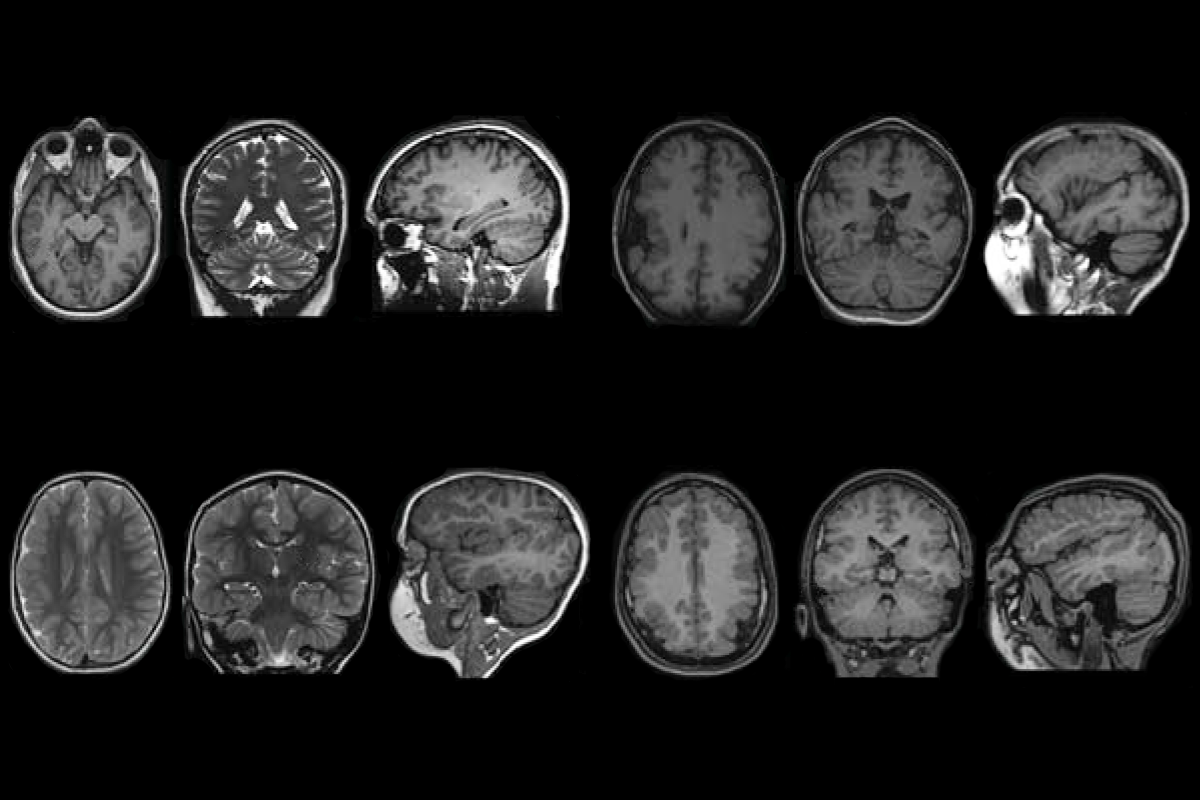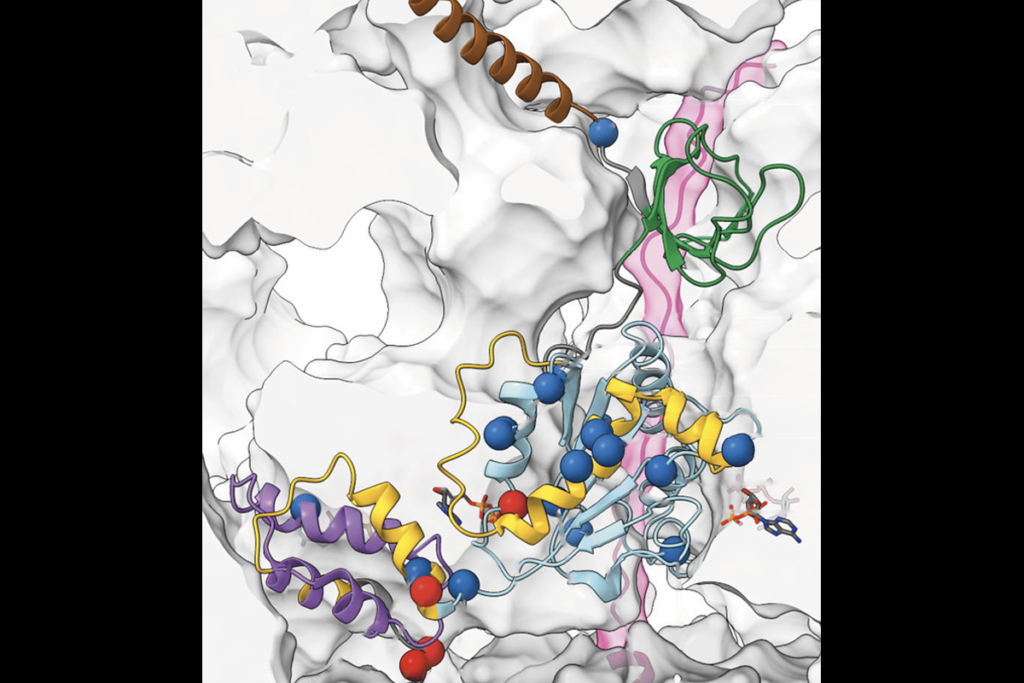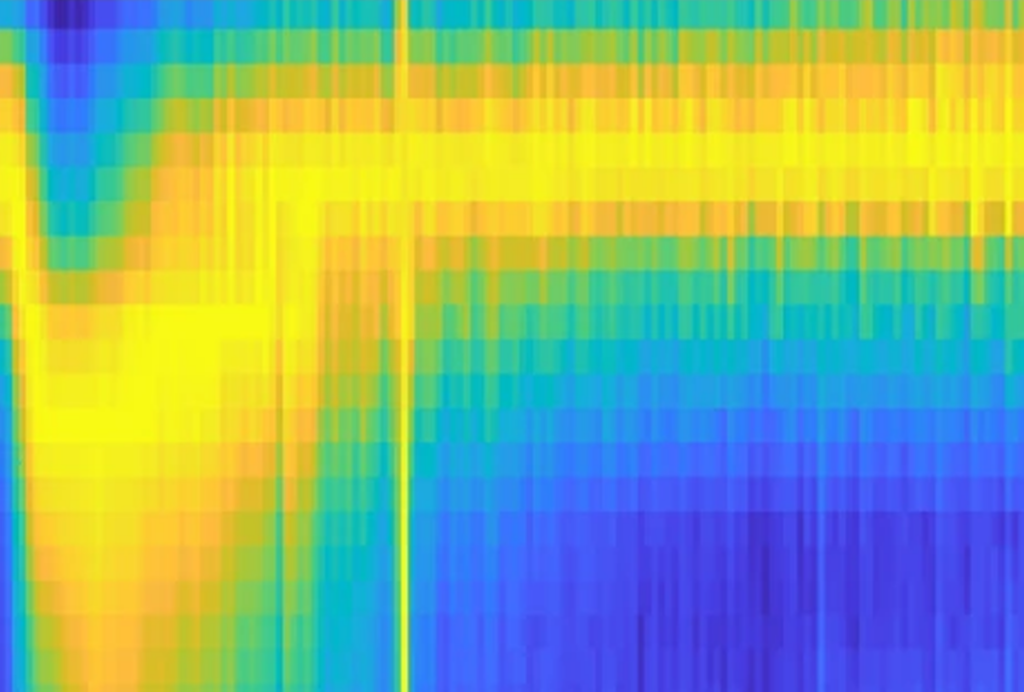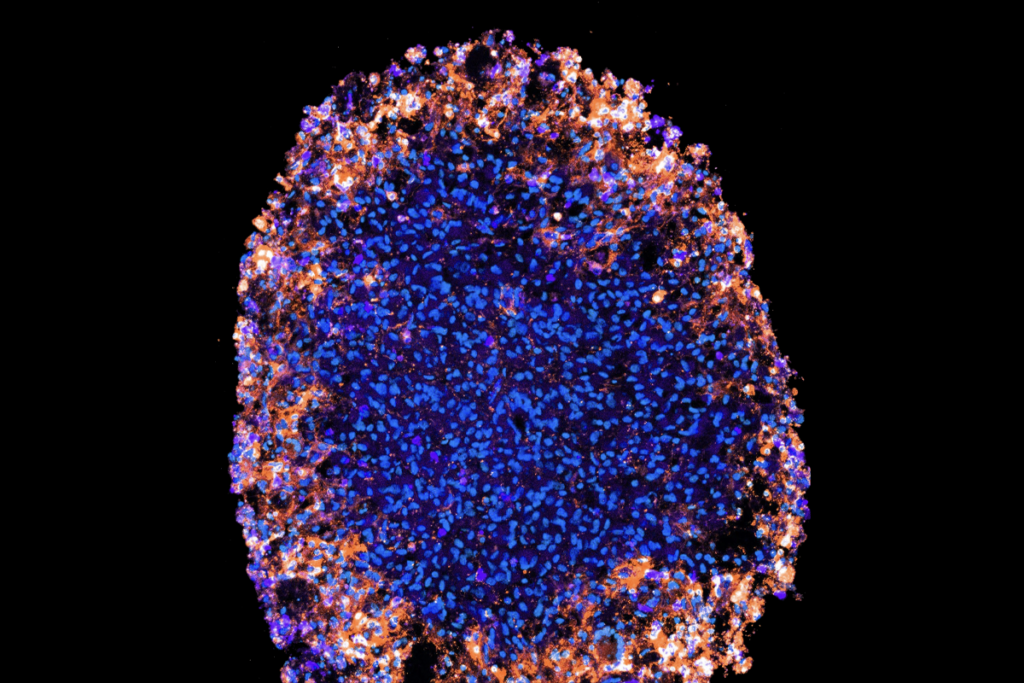Seven years ago, a team of German clinicians came across a case that would change the course of their research. “It all started by chance, with a single patient,” says Miriam Elbracht, a researcher at the Institute for Human Genetics and Genomic Medicine in Aachen, Germany.
The 6-year-old child showed cognitive issues and a loss of muscle control, but no genetic culprit surfaced in targeted tests of genes known to be linked to such problems. Genome sequencing revealed that the child—but neither of his parents—carries a de novo variant in a gene that codes for one part of a large molecular chaperone, which helps other proteins fold.
Since then, the German team has discovered additional variants of the same chaperone complex in people with varying degrees of neurodevelopmental differences, including epilepsy, intellectual disability and autism. The findings represent a previously unknown spectrum of conditions tied to impaired chaperone activity, Elbracht and her colleagues reported in October in Science.
The work “could lead to more research and more awareness of the role of chaperone proteins in neurodevelopment,” says Vivi Heine, associate professor of child and adolescent psychiatry and psychosocial care at VU University Medical Center, who did not take part in the research. “In that sense, it can be seen as a hallmark paper.”
Now 13, the boy whose case began this effort is known to harbor a dominant variant in CCT3, a gene that codes for one of eight non-identical subunits in a chaperone protein called TRiC (T-complex protein-1 ring complex). Together, TRiC’s components interact to form a barrel-shaped structure that actively folds other proteins within its hollow interior.
T
wo people who have neurodevelopmental conditions and a dominant variant in two other TRiC subunits turned up in the team’s subsequent analysis of more than 5,000 exomes and whole genomes. The tally of people with variants in any of these same three TRiC subunits rose to 22 after the researchers used GeneMatcher, an online matchmaking platform that connects scientists who search the same gene—a Tinder for geneticists, jokes Elbracht’s co-lead investigator, Ingo Kurth, a doctor at the University Hospital Aachen.Some of these people, who range in age from 3 to 80 years, have an unusually thick cerebral cortex, clumps of neural tissue in the brain’s ventricles or reduced myelination, MRI scans show. The TRiC gene variants reduce survival in yeast, disrupt brain development in zebrafish, and cause nematodes to form clumps of misfolded actin and tubulin, two proteins that TRiC helps fold, the study found.
Improper folding of those proteins may drive the brain irregularities seen in people, Kurth says. This finding would make sense, he says, because several variants in cytoskeletal genes are known to lead to brain malformations.
Indeed, fibroblasts taken from the study participants all showed lower RNA and protein levels of actin and tubulin. But the cells also displayed additional, variant-specific changes in cellular pathways that could explain the phenotypic differences among people with TRiC disorders, the researchers say.
A
nalyses of larger databases may turn up milder variants that are linked to subtler or later-onset brain changes, says Carmen Nussbaum, chair of neuroanatomy at the Ludwig Maximilian University of Munich, who was not involved in the study. Although dominant variants appear to give rise to neurodevelopmental differences, recessive variants could contribute to the piles of misfolded protein characteristic of neurodegenerative diseases, she says. In fact, TRiC levels diminish in old age, and deletion of the complex makes amyloid plaques more toxic, a previous study found.Further studies could also address whether the phenotype seen in someone with a TRiC variant is caused by impaired folding of a few key proteins or the cumulative effect of small structural changes in several molecules, says Peter Lund, emeritus professor of molecular microbiology at the University of Birmingham, who was not involved in the work. But such experiments are challenging, because inhibiting a chaperone affects an array of proteins in multiple pathways, producing side effects that confound the data, he adds.
But the researchers’ next steps are to harmonize the data gathered from people with TRiC disorders across the globe, they say. As new hits trickle in from GeneMatcher, the team plans to collect the information in a central database that families can access and add additional phenotypic data to.
For now, the families of affected people finally have a diagnosis and a prognosis—albeit a cautious one. Now that the researchers have found older people with similar variants, they are fairly confident that the condition won’t get progressively worse, they say.
“You can give them a reason and give it a name,” says Kurth. “You can’t underestimate what a relief that is.”




